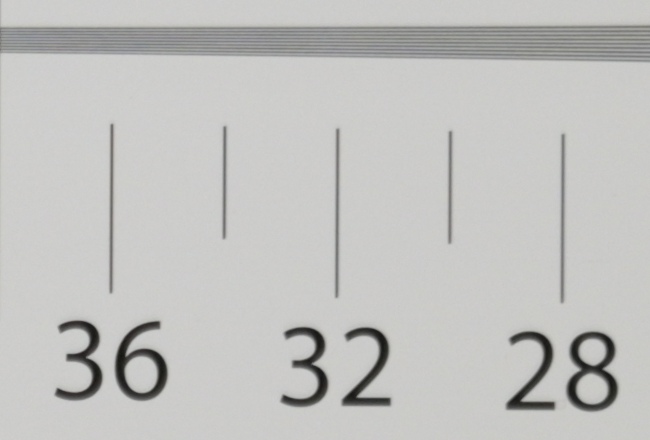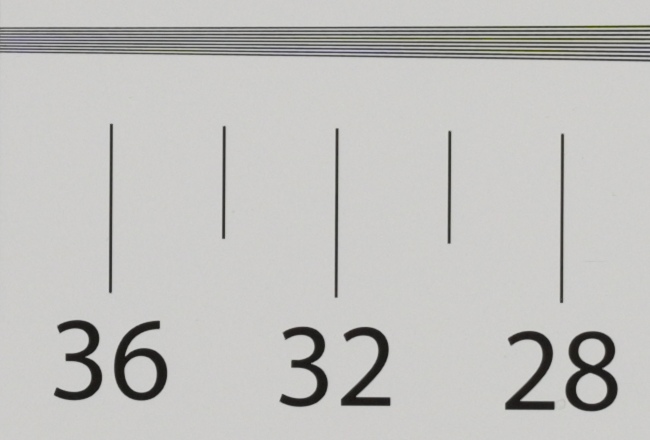Venus Optics LAOWA Argus 28 mm f/1.2 FF
4. Image resolution
Let's check how the Venus Optics LAOWA Argus 28 mm f/1.2 FF compares – its results in the frame centre, on the edge of the APS-DX sensor and on the edge of full frame presents a graph below.

Please Support UsIf you enjoy our reviews and articles, and you want us to continue our work please, support our website by donating through PayPal. The funds are going to be used for paying our editorial team, renting servers, and equipping our testing studio; only that way we will be able to continue providing you interesting content for free. |
- - - - - - - - - - - - - - - - - - - - - - - - - - - - - - - - - - - - - - - - - - - - - - - -
It's clear that by f/1.2 and f/1.4 Argus hovers near the decency level; several lpmm more and it would cross it. Fortunately image quality improves very quickly on stopping down the aperture: by f/2.0 you get a level of 54 lpmm, by f/2.8 the values are close to 68 lpmm, and the peak of its possibilities, with a result of almost 78 lpmm, you can notice by f/4.0. These are very good results but they are hardly perfect. In case of such a fast lens you would expect something close to record-breaking values near f/2.8-4.0, as its optical aberrations wouldn't influence the images. Still, the tested lens never exceeds 80 lpmm.
The results in the centre are one thing; as it happens, the Laowa also neglects a bit the edge of the frame. Already on the smaller APS-C/DX sensor there are a lot of problems, as the decency level is reached only near the f/2.5 aperture. The edges of full frame are even weaker, with the decency level achieved only after applying an aperture close to f/4.0. As a result, a good image quality across the frame is available only in an aperture range from about f/5.6 to f/11. I suppose, such a fast, interesting lens should have performed better. Of course you have to keep in mind also the fact that, despite excellent, unique parameters, not matched by any rival, the Laowa is also quite moderately priced. Currently it costs about $600.
At the end of this chapter, traditionally, we present crops taken from photos of our resolution testing chart; they were taken from JPEG files saved along RAW files we used for the analysis above.
| Nikon Z7, JPEG, 28 mm, f/1.2 |
 |
| Nikon Z7, JPEG, 28 mm, f/8.0 |
 |






